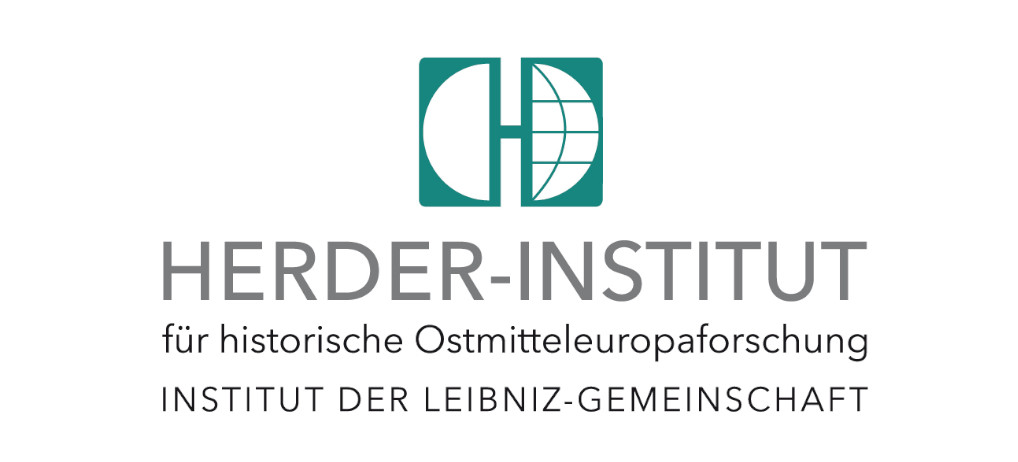Main Content
Subproject C10 (formerly A07)
Between Minority Protection and Securitization: Roma Minority Formation in Modern European History
2. Funding period (2018-2021)
The subproject examines the historically changing social and political situation of European Roma from the perspective of securitization. The first funding period focused on the current situation of Roma minorities in selected countries in Europe. It examined how Roma in Europe were perceived as a threat to public order and social security systems after 1989. The following key findings can be noted:
(1) More recently, Roma have been described simultaneously as "at risk" and also as "dangerous." To a far greater extent than previously thought, Roma minorities have been and continue to be portrayed as a "problem" and a "security risk" in the European public sphere, with significant implications for their daily lives.
(2) Equally unexpectedly, the highly ambivalent role of human rights, citizenship and development programs, which are supposed to contribute to the integration of Roma minorities into European societies, came to light. On the one hand, human rights and development programs are tailored to Roma minorities and the improvement of their legal, socioeconomic, and political situation. On the other hand, Roma groups are precisely thereby unified despite their enormous heterogeneity and identified as a group for which conditions must first be created in order to be able to claim human rights and citizenship in the first place.
(3) Finally, it becomes apparent from these results that overcoming the securitization (a "de-securitization") of the Roma cannot be achieved simply by describing their situation not in terms of "security" but rather in terms of human and minority rights, development, social inclusion or participation. It is precisely these descriptions, it has been shown, that reinforce the notion of Roma as a "problematic" population group. Desecurity can only have an impact, if at all, as an everyday political and self-determined action.
The work program for the second funding period of subproject C10 is derived from these results. It builds on the previous research, whereby the starting point will be the hitherto largely neglected relationship between securitization and racialization. For a comprehensive understanding of recent and contemporary processes of securitization, it is obvious to analyze not only the relationship between human rights, citizenship, and Roma development programs, but also to trace the conditions of "racial" conceptualization in modern European history.
The subproject's work program consists of three subprojects that relate to each other:
(A) A first work project will examine the nexus between securitization and racialization from the perspective of Critical Security Studies in combination with the history of ideas of political theory. Here, the focus is on how Roma or "Gypsies" have been and are represented as governable or ungovernable in the history of political philosophy from the early Renaissance to the present. Guiding questions concern knowledge and knowledge formations about Roma that can be located in relevant classical writings on political philosophy and theory, and that contain suggestions about how Roma could be made "governable." In parallel, as an integral part of this genealogy, counter-narratives will be identified that have so far received virtually no attention in the scholarly literature.
(B) The second project also analyzes the connection between securitization and racialization, but does so from the perspective of visual studies, cultural analysis, and critical security studies. The study will cover the period from the late 19th century to 1989 and will examine the role of "regimes of visuality" in the racialization of Roma. The aim is to analyze, on the one hand, the role of images and other visual material in processes and mechanisms of de-securitization and securitization, and, on the other hand, how complex regimes of the visual create different security risks.
(C) A third work project also continues this approach, combining studies on governmentality and critical racism research. Here, "racial governmentalities" and counter-narratives found in the history of European ideas and political theory will be confronted with imaginaries and forms of resistance in different publics. The focus will be on recent history (from the year 2000) and will highlight and analyze artistic and theoretical counter-narratives in public space, literature, and theory.
Inhalt ausklappen Inhalt einklappen Members
Subproject Heads
Prof. Dr. Regina Kreide
Research Assistants
Dr. Huub van Baar
Laura Soréna Tittel



